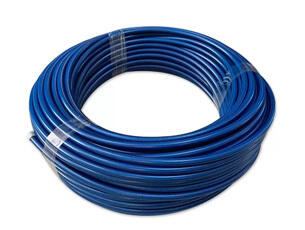
The OEM steel braided brake lines from Hengshui BURK meet original equipment manufacturer standards while offering enhanced performance. These lines combine a Teflon inner core for chemical resistance with a braided stainless steel outer layer for strength. The construction ensures minimal expansion under braking pressure, resulting in precise pedal feedback. The lines are factory-certified for fitment on popular vehicle models, including European, Asian, and American makes. Each line is tested for burst pressure, flex fatigue, and corrosion resistance, with OEM-style fittings and protective sheaths. By adhering to OEM specifications, these lines maintain vehicle warranty compatibility while delivering the durability and responsiveness of braided steel technology.

Copyright © 2025 by HENGSHUI BRAKE HOSE MACHINERY CO.,LTD — Privacy Policy